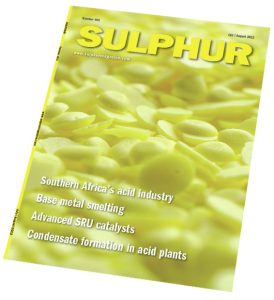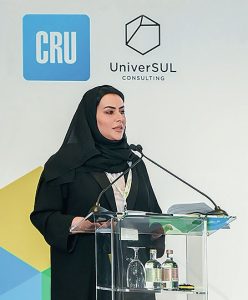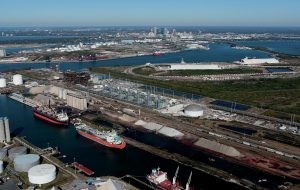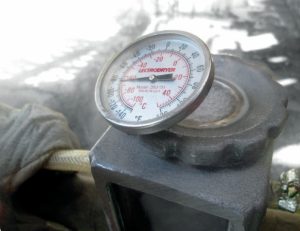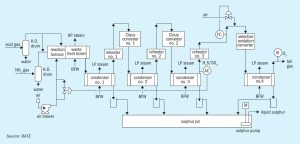The past couple of years have been quite the wild ride, with major global events dominating markets outside of the usual concerns of broad market supply and demand. It seems like a long time ago now, but this time last year, the price of a barrel of Brent crude was about $75. Go back two years, in the wake of the onset of covid restrictions, and that barrel would have cost you $40 (and just $25 a couple of months before that). In the wake of Russia’s attack on Ukraine, you could easily have paid $130, and it has been hovering around $110/bbl for the past few months. The last time oil spent any time at that level was in 2014, just before the Chinese economy ran out of steam and prices slumped by 70%.



